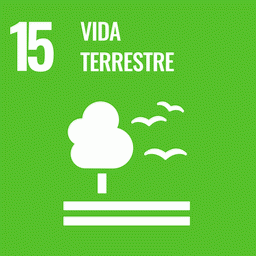International policy commitments highlight the importance of balancing agricultural development with conservation of tropical forest landscapes for climate change mitigation (UNFCCC, 2015), biodiversity conservation (CBD, 2010), and generally sustainable development trajectories (UN, 2015). The Amazon basin has over the last decades become one of the major producer and exporter regions of agricultural commodities (Macedo et al., 2012) at the expense of rampant deforestation (Nepstad et al., 2014; Soares-Filho et al., 2006).
Stimulating Interim Demand for REDD+ Emission Reductions: The Need for a Strategic Intervention Pre 2020
A report from the Interim Forest Finance Project – a collaboration of the Global Canopy Programme, the Amazon Environmental Research Institute, Fauna & Flora International, and UNEP Finance Initiative - reveals that demand for REDD+ emission reductions could be as little as 3% of the supply between 2015 and 2020. The report explains the risks of doing nothing, and outlines a suite of options for increasing demand.
